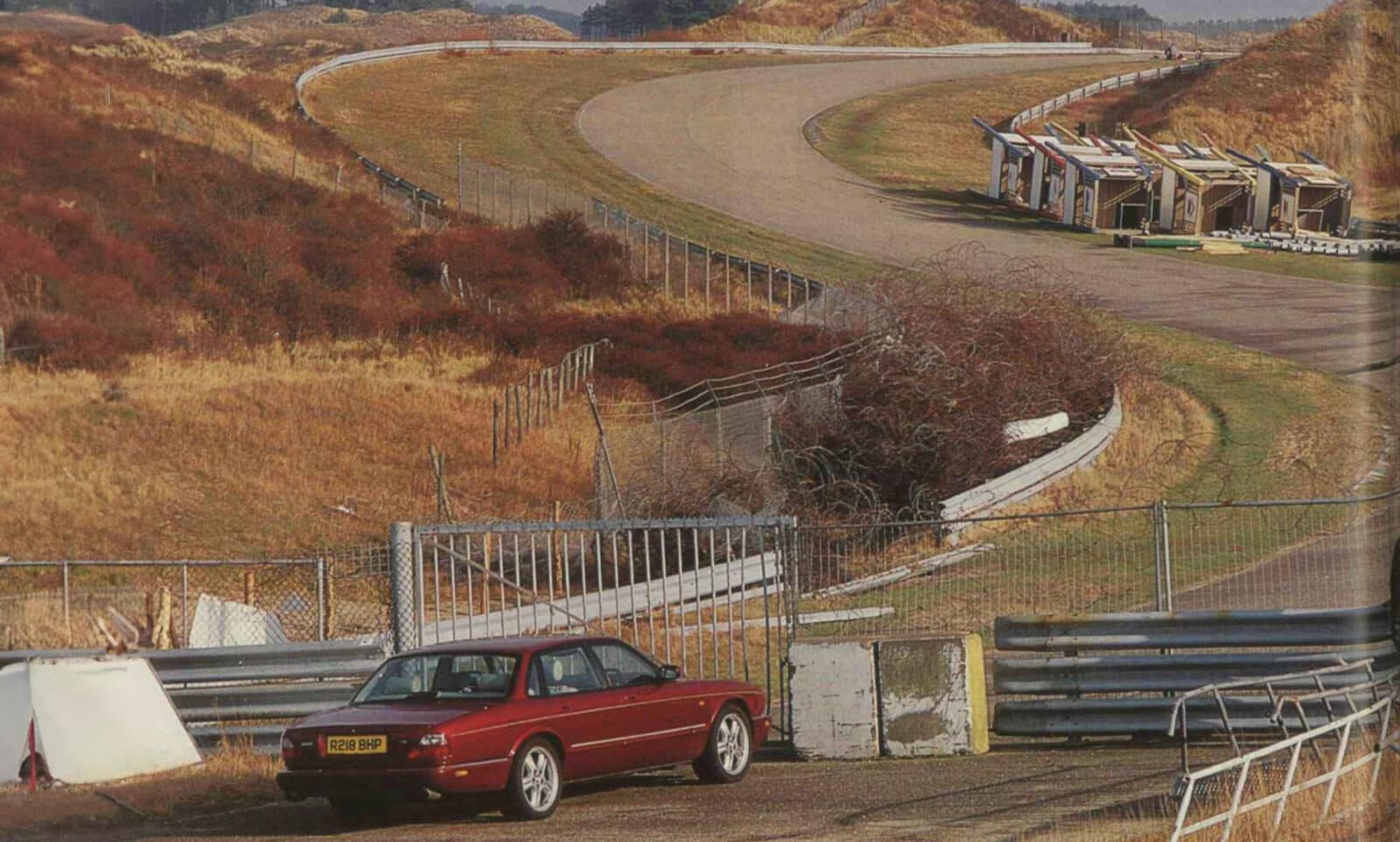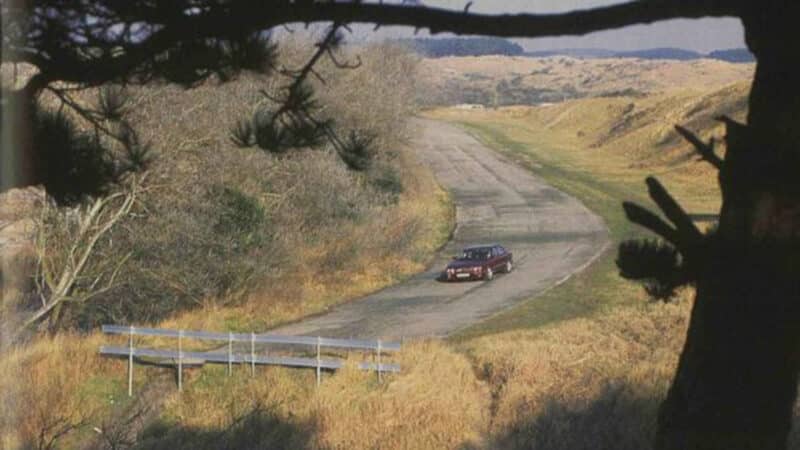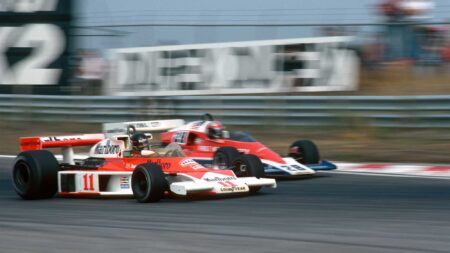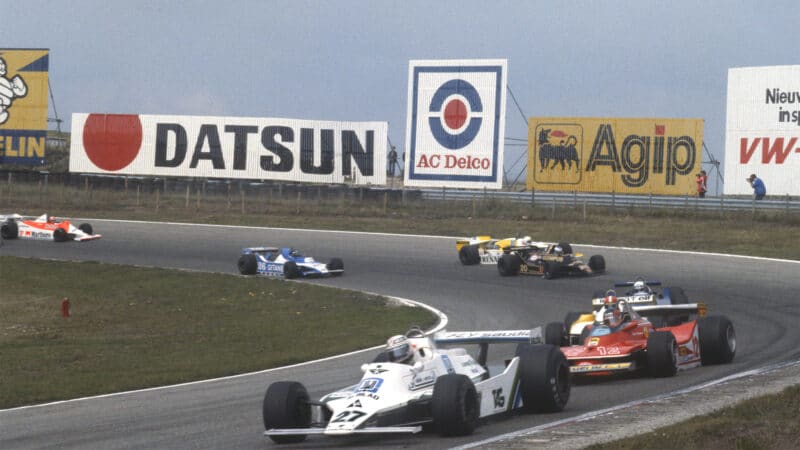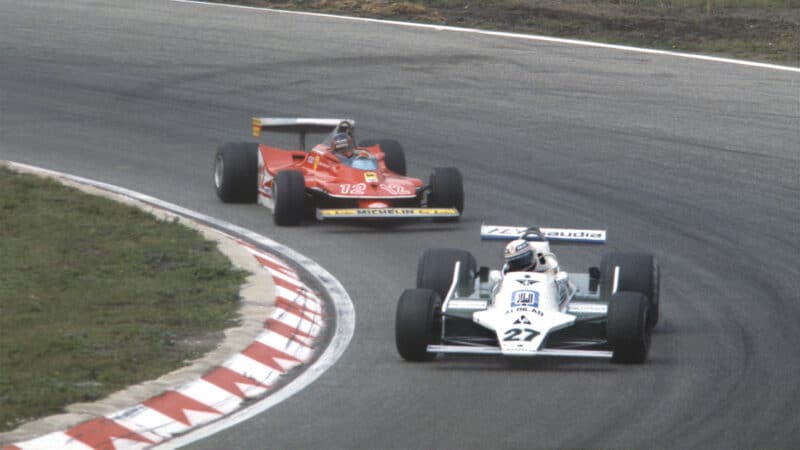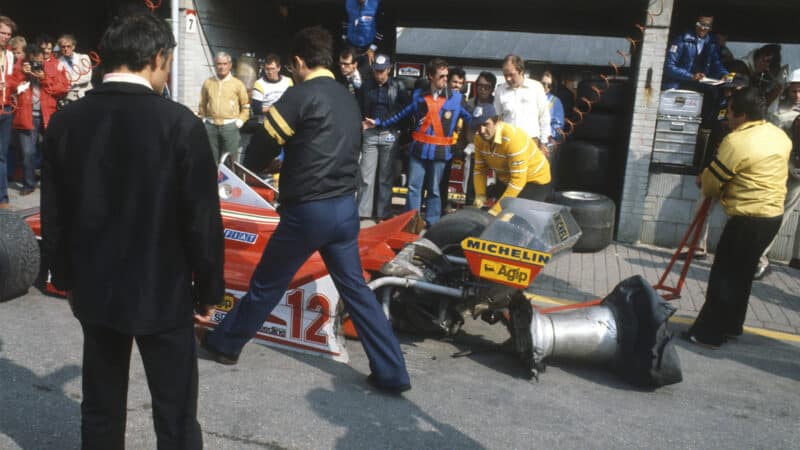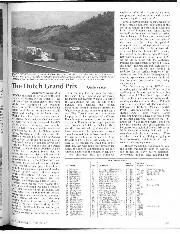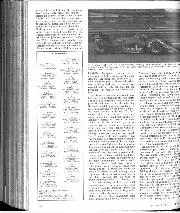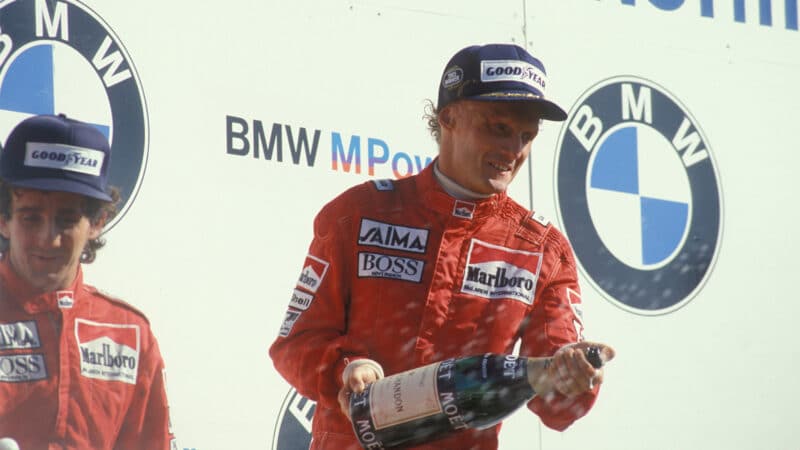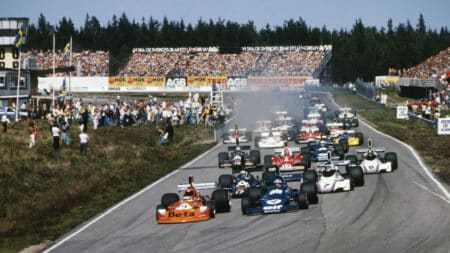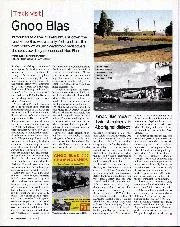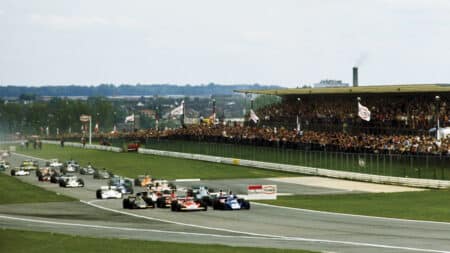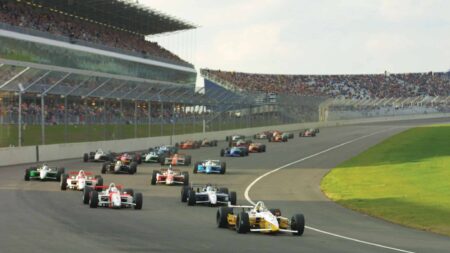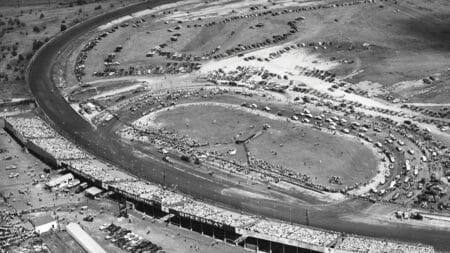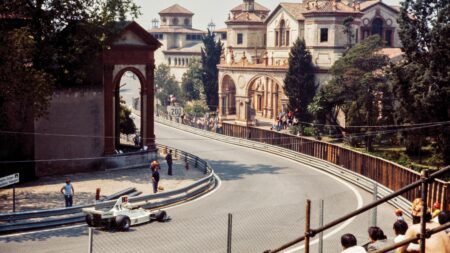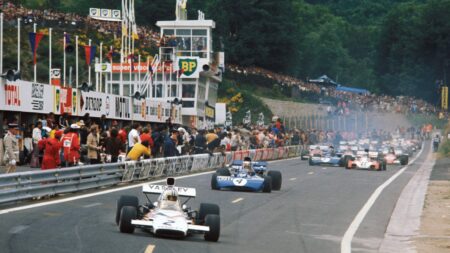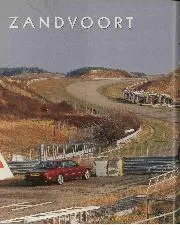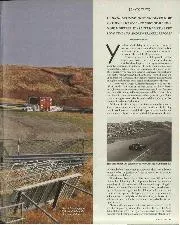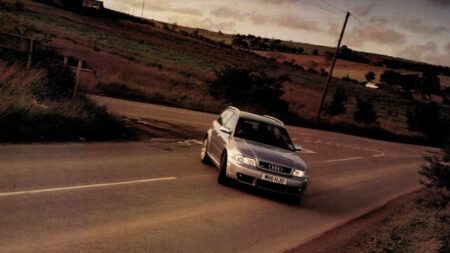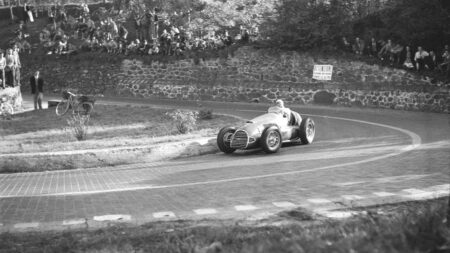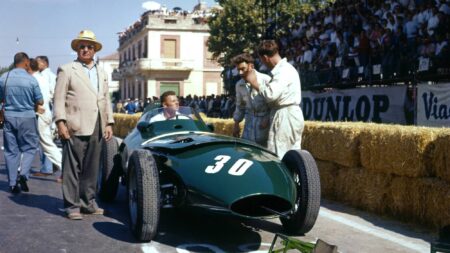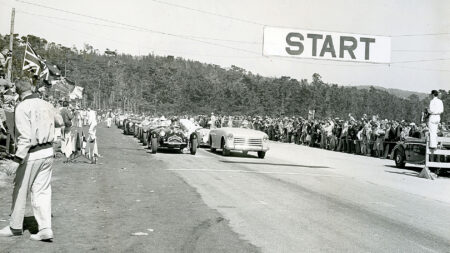There is scarcely a track in the world with a rich, international history which has not paid for at least a proportion of its fame in human currency and this circuit is no different. But while certain circuits, in particular the old Spa, seem almost haunted by those who died there, no such grave feelings accompanied me as I took my first tentative look around the track. The memory of Piers Courage and Roger Williamson is unavoidable and nor should it ever be forgotten, but you do not feel weighed down by it.
I guess it was because Zandvoort has always been a happy place. Read the grand prix reports and you’ll be left in no doubt how valued was its place on the calendar to drivers, spectators and journalists alike. There was always a good atmosphere in among the dunes of the North Sea resort and, rather more importantly, it produced more than its fair share of great racing.
Racing started here in 1949 though it would be 1952 before an international grand prix was held at the track. Ascari won, as he had all bar one other race that season and repeated the feat the following year, his unbroken string of victories continuing unabated. BRM claimed its first Grande Epreuve here in 1959, Jo Bonnier fighting a titanic battle with Masten Gregory, Jack Brabham and Stirling Moss, all of whom led the race, to win the one and only grand prix victory of a Formula 1 career that started in 1956 and did not conclude until 1971.
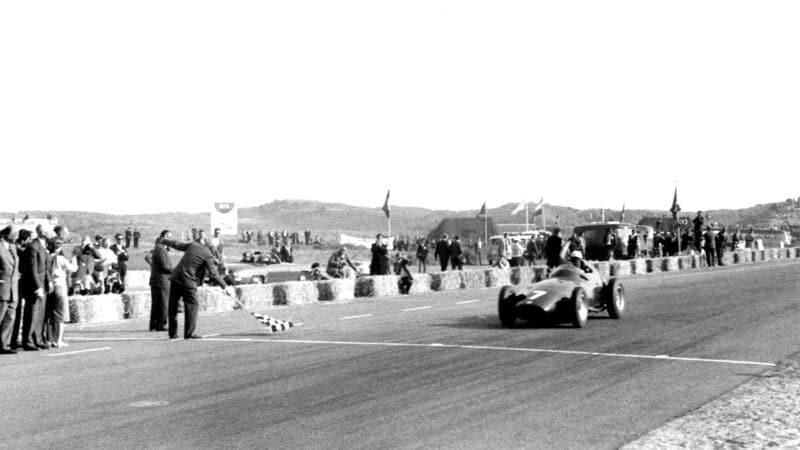
Jo Bonnier wins the 1959 Dutch Grand Prix
Getty Images
The 1960s saw more great racing at Zandvoort and more significant events too, like the debut of the Lotus 25 and Porsche‘s first and only purpose built grand prix car, both of which were first seen in the Zandvoort paddock in 1962. It was the same race that gave Graham Hill his first grand prix victory and set him on the mad to the championship. Five years later, the Lotus 49 would win on its debut here, in the hands of Jim Clark. Zandvoort, to me, however was and always will be a child of the ’70s. Those who were there in 1971 saw one of the greatest races ever to appear on the grand prix stage. It involved just two people, Jacky Ickx and Pedro Rodriguez, both of whom could be relied upon entirely to perform miracles at the first sign of rain. That year it poured at Zandvoort and these two, famed more for their exploits in sports cars than grand prix machinery, put on a show no-one present would ever forget.
From the start, the Ickx Ferrari 312132 and Rodriguez BRM P160 simply drove out of sight of the rest of the field despite the fact that the duel between them was unceasing; such exploits always result in slower lap times. Before long they were lapping solid mid-field performers as if they were no-hope amateurs, while each, at the same time, never lost the opportunity to dive inside his opponent at Tarzan, the infamous corner at the end of Zandvoort’s tumultuous straight. They were the two greatest wet-weather drivers of their era and, that day, they lapped every other car on the track. Sadly, it was the weather that settled the race as surely as it created it. The rain eased off, allowing a line that was merely damp to emerge and that was all Ickx needed to allow the torque and traction of his Ferrari to tell over the BRM.
Four years later, Zandvoort was back in the history books as a man presumed by many to be a public school idiot with a death wish drove to victory for a team run seemingly by upper-class twits. Yet victory was won not simply by James Hunt‘s virtuoso driving but also thanks to Hesketh‘s outstanding tactics. And once Hunt had appeared on the podium, flanked by two vanquished works Ferrari drivers, the critics fell silent. It had been the first grand prix victory scored by an Englishman for four years.
But this is not my overriding memory of Zandvoort. That came a further four years later when Gilles Villeneuve‘s Ferrari 312T4, after an unsatisfactory performance in practice, lined up sixth on the grid. That day, Gilles was in one of those moods. It was clear from the moment the lights turned green that he would either win the race or destroy the car in the attempt. At the exit the first corner he was second.
